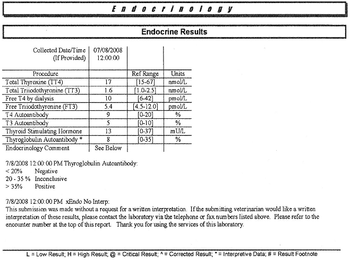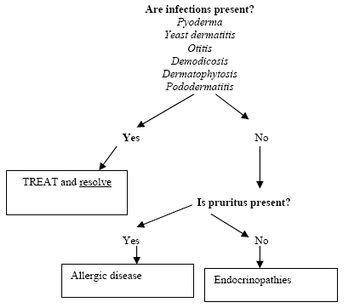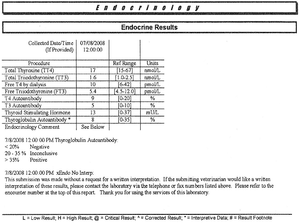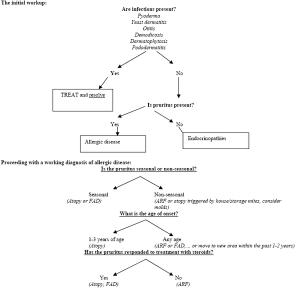
The hypothyroid patient can present with countless symptoms, all related to the underlying cause. As is the case with allergic dermatitis, these patients are typically pruritic, however the pruritus in these situations is due to secondary bacterial and yeast infections, not an allergic disorder.






